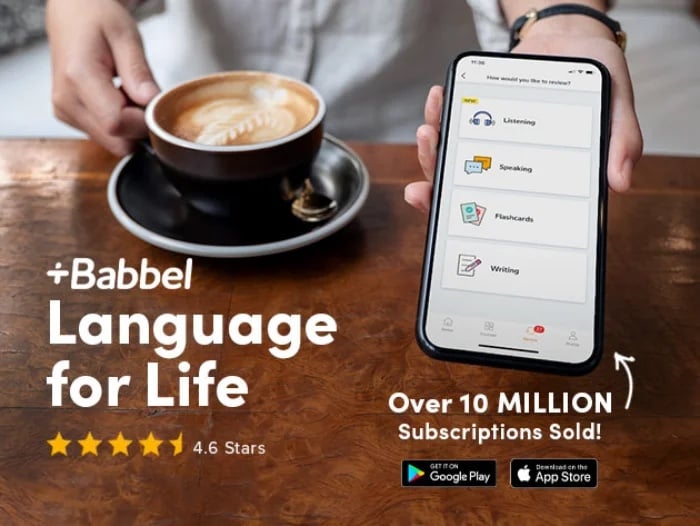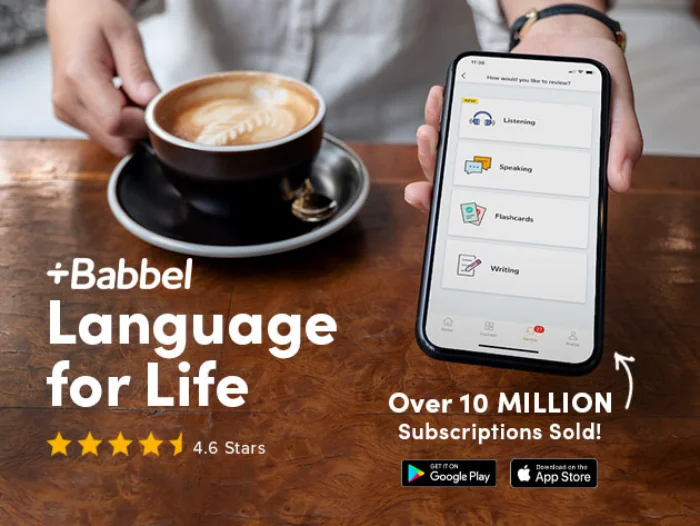
This guide will show you how to use Google Bard for language learning. In our increasingly globalized and interconnected society, the skill of proficient communication in a variety of languages stands as a crucial and highly valuable asset. This multilingual capability not only facilitates cross-cultural connections but also unlocks a multitude of opportunities in diverse spheres such as education, career advancement, and personal development. Traditional language learning approaches, while beneficial, typically demand substantial commitments in terms of time, dedication, and financial resources, often making them challenging for many learners.
Enter Google Bard, a sophisticated large language model developed by Google AI, presenting a dynamic and innovative approach to language acquisition. Bard’s foundation in a vast repository of linguistic data enables it to produce text of a quality akin to that of a human, making it an exceptional tool for learners at various stages of language proficiency. This AI-driven platform is designed to offer a rich, adaptive, and user-centric learning experience, tailored to individual needs and learning styles. By leveraging Bard’s advanced capabilities in understanding and generating natural language, learners can immerse themselves in an interactive and engaging educational environment that bridges the gap between theoretical knowledge and practical language usage.
How Google Bard Can Enhance Your Language Learning Journey
Google Bard offers several unique advantages for language learners:
- Personalized Learning: Bard can tailor its teaching approach to your individual needs and preferences. It can assess your current level of proficiency and adapt its lessons accordingly, ensuring that you are constantly challenged and engaged.
- Immersive Language Practice: Bard can engage in real-time conversations with you, allowing you to practice speaking and understanding the target language in a natural and authentic setting.
- Cultural Context: Bard can provide insights into the culture associated with the target language, helping you gain a deeper understanding of the language’s nuances and expressions.
- Accessibility: Bard is accessible anywhere, anytime, and on any device with an internet connection, making it a convenient and flexible learning tool.
Getting Started with Google Bard for Language Learning
To begin your language learning journey with Google Bard, simply follow these steps:
- Choose your target language: Bard supports over 26 languages, so you can choose the one that best suits your needs and interests.
- Set your learning goals: Identify your specific language learning goals, whether it’s improving your conversation skills, expanding your vocabulary, or preparing for an upcoming language exam.
- Engage in interactive conversations: Start by having simple conversations with Bard in the target language. Gradually increase the complexity of your conversations as you improve your proficiency.
- Utilize Bard’s translation capabilities: Bard can translate text and speech between languages, allowing you to clarify any doubts or uncertainties you encounter during your learning process.
- Seek additional resources: Supplement your learning with additional resources, such as grammar books, online tutorials, and language exchange programs.
Tips for Effective Language Learning with Google Bard
- Consistency is key: Practice regularly and consistently to make steady progress in your language learning journey.
- Embrace mistakes: Mistakes are an inevitable part of the learning process. Use them as opportunities to identify areas for improvement.
- Seek feedback: Ask Bard for feedback on your pronunciation, grammar, and overall fluency.
- Find a language partner: Practice your conversational skills with a native speaker or fellow language learner.
- Make it fun: Incorporate activities that you enjoy into your language learning routine to stay motivated and engaged.
Expanding Your Linguistic Horizons with Google Bard
Filed Under: Guides
Latest timeswonderful Deals
Disclosure: Some of our articles include affiliate links. If you buy something through one of these links, timeswonderful may earn an affiliate commission. Learn about our Disclosure Policy.











